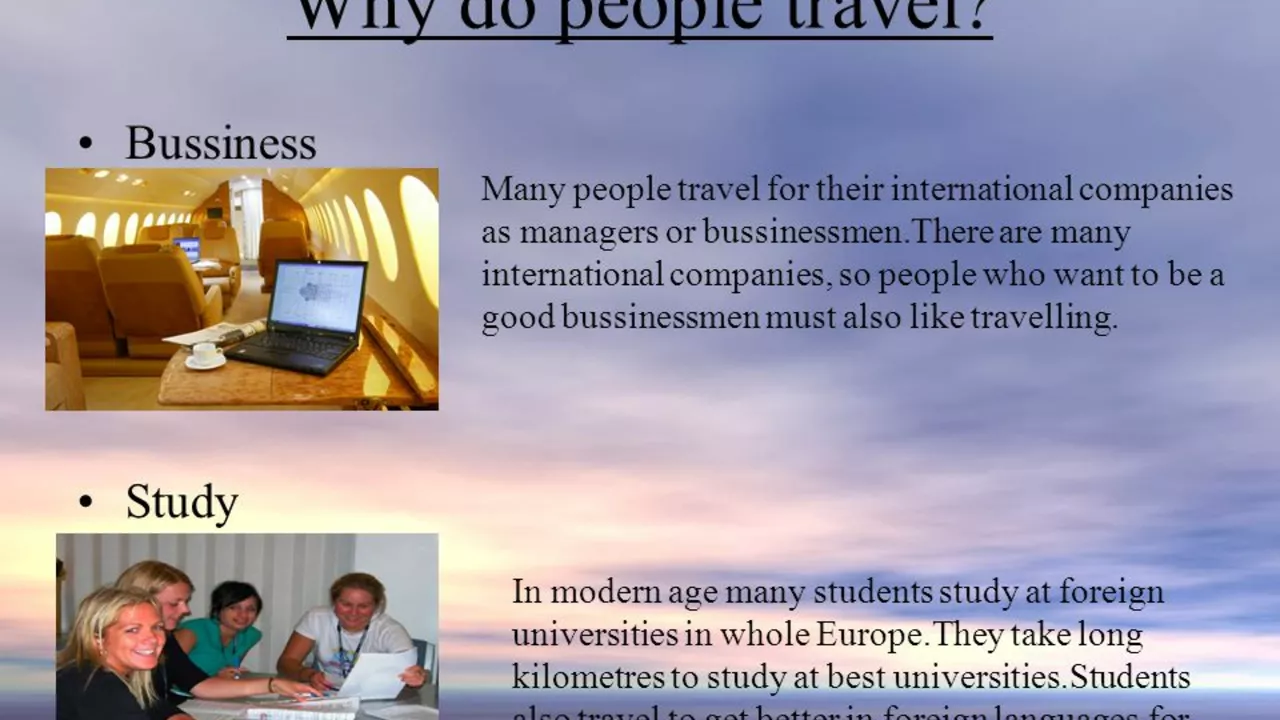What does OTP mean in the tourism industry?

Unlocking the Secret Language of Tourism: OTP decoded
Stroll down the memory lane when you were a young sprout, and the adults were using words which, although constructed of familiar letters, didn't quite click in your mind. "Liabilities", "Equity", "Mortgage" - they might as well have been speaking ancient Greek. Well, it's not much different when stepping into the tourism industry. You're bombarded with unfamiliar terms like "PAX", "FIT", "B2B" and yes, our ultra-mysterious and a tad bit confusing, "OTP". This cryptic acronym has puzzled many, but fret not, your anchor in the stormy seas of tourism jargon, Ashton, is here to decode it for you!
The OTP Conundrum: Solving the Mystery
First things first, let's debunk what the cryptic acronym OTP stands for - and it's not 'One True Pairing' (although who wouldn't love a bit of romantic getaway), it’s ‘On Time Performance’. And although it sounds like a motivational slogan for a diligent employee, it actually serves a lean but meaty slice of meaning in the tourism industry.
OTP and The Race Against Time
‘On Time Performance’ is a key metric in the realm of aviation, yet significantly pertains to all modes of transit, from buses to ferries, used by tourism operators globally. It's simply a measure of efficiency - an evaluation of how well a schedule is adhered to. Whether a flight, a cross-city bus journey, or a guided tour departs and arrives as planned, plays an instrumental role in maintaining the equilibrium in the tightly woven fabric of tourism. Because, as we all concur, nobody fancies waiting at the airport lounge for hours, because your flight couldn't emotionally distance itself from the runway.
Deciphering OTP: Cracking the Numeric Code
Ever pondered how OTP, an apparently simple term, is gauged? The method lies in a deceptively simple formula: the number of flights that took off 'on time' divided by the total number of operated flights, then multiplied by a hundred for a percentage. Different organizations can define 'on time', and here’s the twist. "On Time" can mean within 15 minutes of the scheduled departure or arrival or stick strictly to the timetable. Yes, you can still be 'on time' even if you're a quarter of an hour late! Intricate yet fascinating, isn't it?
Aviation OTP: A Maverick of Punctuality
When one speaks of OTP, airlines often steal the spotlight. Airlines OTPs are watched like closely guarded secret recipes. Sure, getting from A to B on time is crucial for all of us, but in the airline industry, the stakes are higher, even higher than the cruising altitude. A delayed flight can wreak havoc on connecting flights, and ripple effects can scuttle travel plans worldwide. In the aviation biz, OTP is so critical that companies employ impressive technology and strict protocols to live up to their schedules. So next time your flight lands on time, remember there were numerous unseen cogs turning to make that happen, forget not to appreciate!
OTP Beyond Aviation: The Unsung Heroes
While OTP and aviation are practically joined at the wingtip, OTP’s realm extends beyond the tarmac. From buses, trains, ferries, shuttles, and tours, every aspect of planned tourism is governed by the invisible hand of OTP. An equally important, yet less glamorous cog in the machinery of tourism is the humble intercity bus or the city metro. Though less heralded than their flying siblings, their OTP is just as vital for silky smooth tourism operation.
The Butterfly Effect of OTP: More than Just Numbers
What happens when OTP falters? Well, just imagine, you've meticulously planned your vacation, every minute chalked out, abruptly disunited by a delay. The ripple effect can be far-reaching. Delays can lead to missed connections, which in turn can disrupt hotel check-ins, guided tours, restaurant reservations, and much more. When one cog in the wheel slips, the entire machine can go out of sync. It's like a round of dominoes falling, but less fun and considerably more stressful.
Putting the ‘Extra Time’ in OTP: Ashton's Tale
And here's where my life throws a relevant anecdote into the mix. Once upon a time, on a trip to the stunning beaches of Gold Coast, my meticulously planned sojourn threatened to unravel when a flight delay loomed large. Safeguarding my plans turned into a race against time, where I found myself rushing through terminals, dashing past gliding travelators essentially turning it into my own real-life action flick! Eventually, I managed to connect to my following flight with just a minute to spare (it indeed proved to be an 'on-time' performance!) It was then I truly understood the vitality of OTP and how it keeps the gears of tourism ticking.
Tips for Travellers: Navigating OTP
So how can we, the busy bees jetting around, navigate this ocean called OTP? While you can't control airlines' or railways' OTP, you can certainly bend it in your favour. Try to choose airlines or modes of transport which boast a high OTP. Always keep a buffer time between two connecting journeys. Things as simple as online check-ins and arriving early can help you stay unhindered by sudden delays.
And remember, whatever happens, maintain a sense of adventure and a spritz of humour. After all, these delayed journeys often make for the best travel stories, don't they?